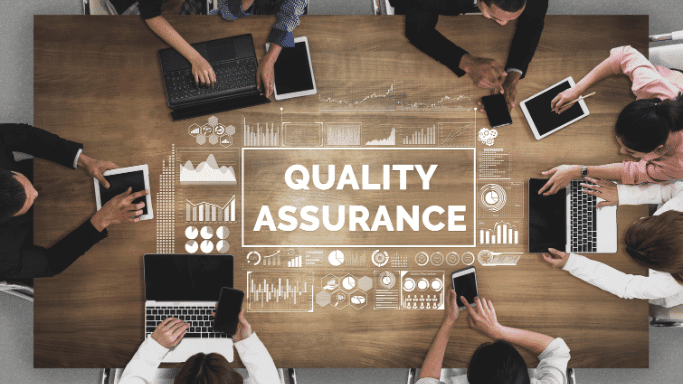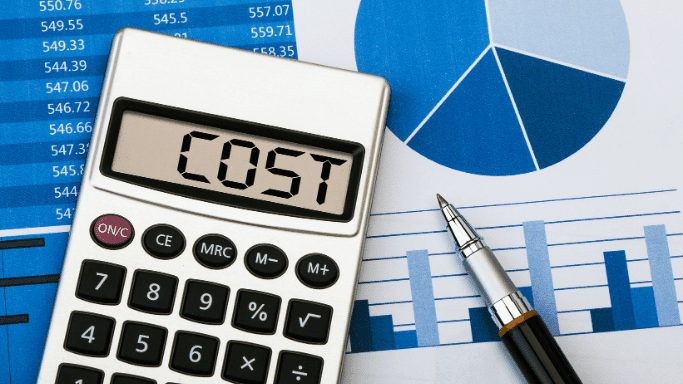Pharmacovigilance System
Maintaining a robust Pharmacovigilance system has become vital for Marketing Authorization Holders (MAHs) because of stringent regulations and increasing regulatory focus on patient safety and data security.
“Medicines and vaccines have transformed the prevention and treatment of diseases. In addition to benefits, medicinal products may also have side effects, some of which may be undesirable and / or unexpected. Pharmacovigilance is the science and activities relating to the detection, assessment, understanding and prevention of adverse effects or any other medicine/vaccine related problem.
All medicines and vaccines undergo rigorous testing for safety and efficacy through clinical trials before those are authorized for use. However, the clinical trial process involves studying these products in a relatively small number of selected individuals for a short period of time. Certain side effects may only emerge once these products have been used by a heterogenous large population, including people with other concurrent diseases, and over a long period of time.”
– World Health Organization (WHO)






